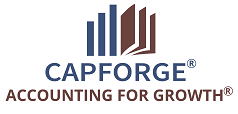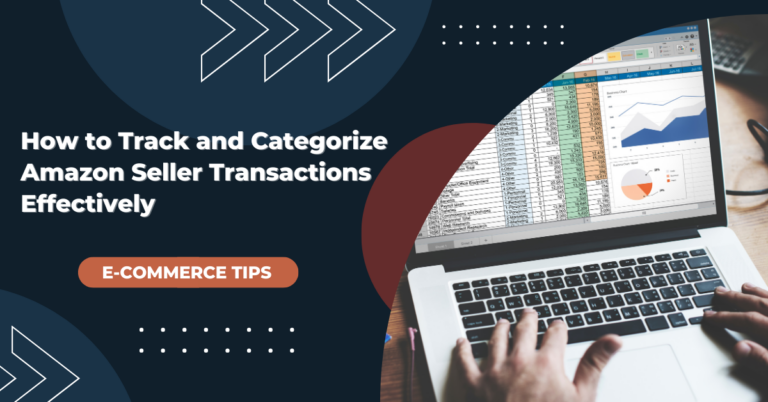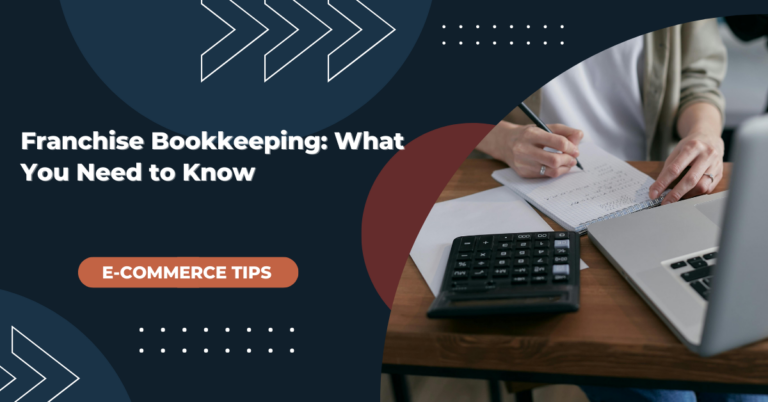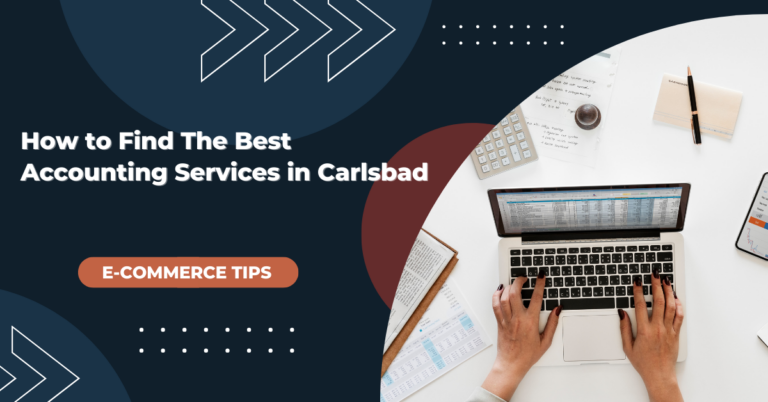Don’t Do One Offs If You Want to Grow Faster & More Profitably
In the summer of 2000, I was working at a consulting firm called Alitum. I had just graduated from the MBA program at SDSU with an emphasis in entrepreneurship. I had been part of a startup as well for the last year but that had come to an end without raising money aside from what the founders put in and I needed to get a job.
The job at Alitum was attractive at the time because I was still working with startups writing business plans and doing financial projections and I assumed it would lead me to the next idea that would set me on my path to business ownership. It did, but not the way I thought. I got laid off in September of that year.
I knew however that there were still a lot of startups that needed the services I had been providing for them at Alitum but they couldn’t all afford those nosebleed rates. I decided I would try doing it on my own for a while and I could then look for a job if I couldn’t find any work. I knew I could charge less than they had been quoted but it would still be plenty for me to get by on.
Check out what else we’ve been up to!
- Matt Reviews: Are Small Business Owners Having Issues with Hiring? (Short Video)
- Matt Reviews: What Does This Lawsuit Mean for the Real Estate Industry? (Short Video)
- Matt Reviews: Does Your Business Really Need to Do This Every Month? (Short Video)
- Business for Sale, Would I Buy It? | Bus Charter (Short Video)
- Successful Amazon Sellers Do This (Podcast)
As it turned out, this was the gateway to my now twenty four year entrepreneurial journey. I found plenty of clients and was able to book enough work to keep myself quite busy.
In less than a year, however, I discovered the key problem with this kind of business – every job is different. Some people needed more, some less, some needed me to attend meetings and some just wanted the reports. No two jobs were similar enough that I could have easily trained someone to do it with me and by the time they did know enough they’d be in a position to quit and go get their own clients.
When every job is different you have a very hard time scaling and in some cases, you may end up barely breaking even or even losing money because you underestimated what it was going to take.
Although consulting was profitable for me I could already see that it wasn’t going to build the future I wanted, which was a bigger business that I could run rather than work in directly.
Instead, I pivoted in a pretty classic way and built a much bigger business that required hardly any of my time at all.
How Productizing Works and the Key Benefits
In figuring out how to pivot away from one off consulting projects I took stock of what I knew well – I could write business plans and I could create financial projections. But there already were products for that – Palo Alto Software made very popular business plan software at the time. What they didn’t do a good job of however was another area I knew well – restaurants. I had years of experience in the restaurant world.
With that Venn diagram of assets, I set out to build a template so anyone could, with no prior knowledge, write a “nearly already written for you” business plan for starting a restaurant and accompany it with “very simple to create financials” that anyone could build without knowing anything about finance or accounting. I used a combination of Word, Excel, and basic programming skills to hack together a package.
Then I built a website showcasing why, if you were starting a restaurant, you were better off using restaurant specific business plan software rather than something generic. Back then, with the right keywords in your website titles and text, you could land on page one of Google pretty easily.
It took me almost six months to build everything and get it launched. Within a few days I was getting traffic. And on the fifth day of having real visitors to my site, I got a sale! I was so excited. I knew this $89 wasn’t going to change my bank account much but it was going to be the start of changing my life.
Sure enough, the orders started flowing in (although ironically, the very first order I ever got ended up requesting a refund about two weeks later) and I was soon making double what I had been making doing consulting, and my only cost was to burn each CDROM when the order came and mail it out USPS. Yes, this was a long time ago. I later upgraded to digital delivery but that wasn’t until a couple of years later.
I slowed and then stopped taking consulting work over the next year. Then a couple of years later, in an effort to diversify (even then it was clear the SEO game was changing and pay for placement was going to be a thing), I bought a catering business.
The benefit of changing to a productized service was huge for me however and it’s a lesson I stick with to this day, even running a service business.
If you have a service it needs to have processes, procedures and be repeatable and trainable if you want it to scale. If it isn’t or you won’t make that move then you have to accept you’ll always be heavily required in the business personally and never able to really grow.
I understand the temptation to say yes to things you think you can probably do even if they aren’t what you usually do. I still suffer from that issue. But anything that is going to be a one off project or service is going to pull you away from building something that does scale. The short-term gain is going to hold back the much bigger long-term gain. Saying no is hard but you have to put limits around what you can offer if you want to be able to grow and do so profitably and repeatably.
If you find yourself in a business with some or a lot of one off projects or side opportunities or a poorly defined set of service offerings that is something you can work on right now. Figure out what you do that is the most profitable and with the most well-defined set of customers and processes and start cutting out everything that isn’t that and adding more of that one thing.
As you grow you can add one more and one more, each time ensuring you have refined it and kept it clear and ideally adding things that can be cross sold and upsold to your same core audience. This is how small businesses become big businesses. There isn’t any really big business that consists of nothing but one off projects for this reason.
So if you want to be big (and the pros of being big far outweigh the pros of staying small in my opinion) then this is a key place to start!








